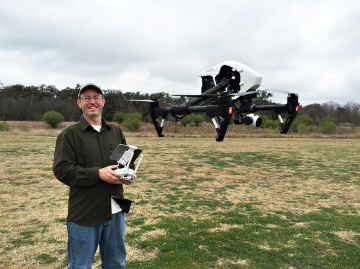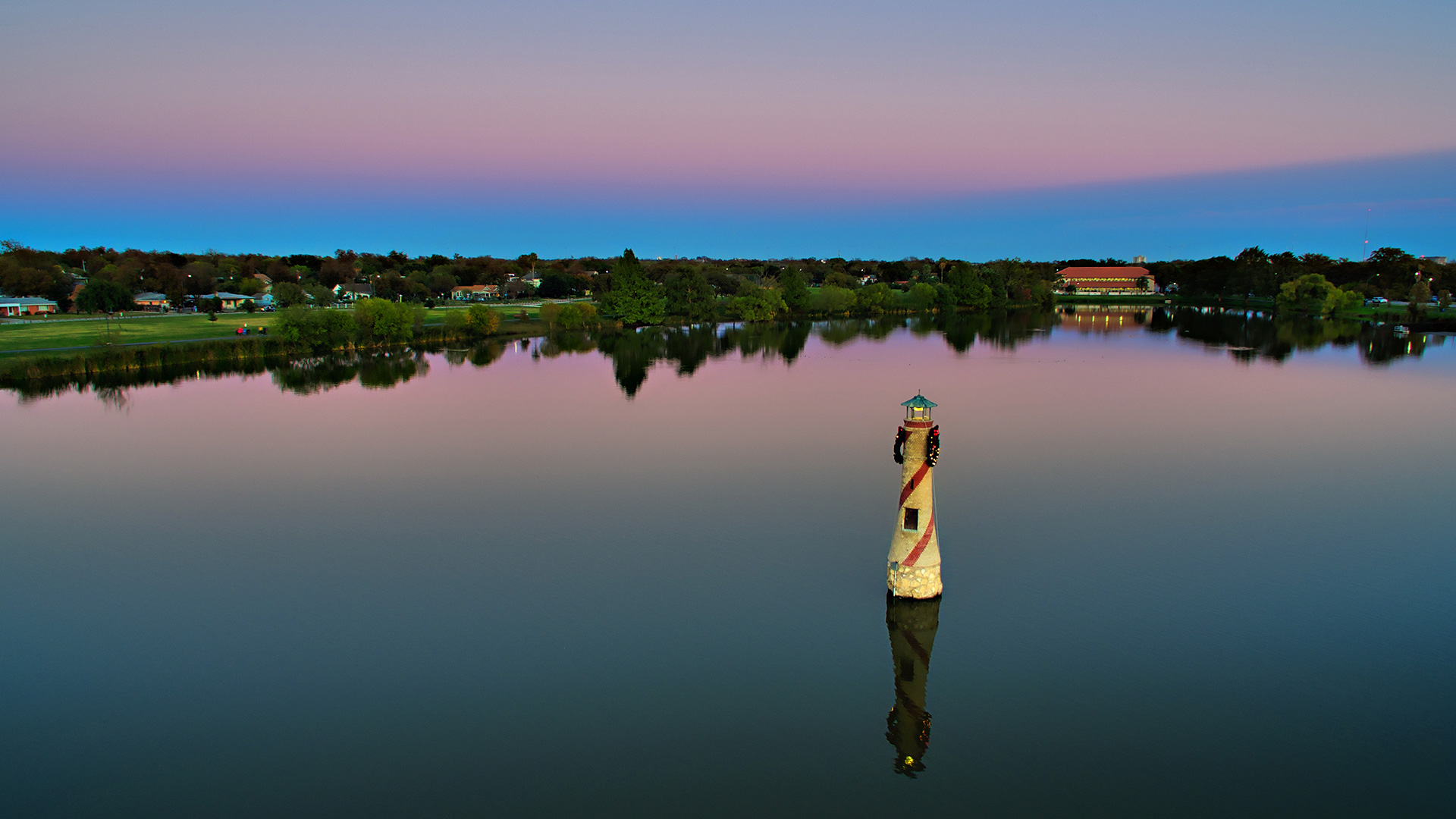7 Drone Commandments
Do these 7 things to ensure success and safety with drone photography
• September 2016 issue
Tips for novice pilots
1. Read the manual. Accelerometer, gyroscope, GPS receiver, flight controller, digital compass—these are just a few of the components that make up a drone. To ensure all that technology works in your favor, be sure you understand how to perform the required preflight calibrations.
2. Think about more than just lighting. Those magic hours in the morning, evening, or on a nice overcast day provide the best lighting for your shots. But with a camera suspended possibly hundreds of feet in the air, weather factors like high winds and fog can affect image quality.
3. Gain a new perspective. Low-altitude drone photography challenges even the most experienced photographer. You have more variables to deal with, including height, distance from the subject, and angle, so you’ll need to develop an eye for compositions that are manipulated in three dimensions.
4. Use it like a tripod in the sky. The drones you’ll buy today have camera systems on super stable three-axis gimbals. This means low-light photography is possible. Some systems are so stable that exposures as long as 8 seconds still yield sharp, viable images.
5. Be responsible. Drones use the national airspace, which can be occupied by helicopters, airplanes, and other manned aircraft. Use mobile apps like Hover and B4Ufly and websites like airmap.com to understand the airspace above the subjects you want to photograph. If you’re within 5 miles of an airport, notify authorities about your intentions. Learn more at faa.gov.
6. Get training. An hour or two of hands-on training will give you the basic skills required to operate a drone, but that’s just the beginning. You need to develop muscle memory so you’re able to operate the drone competently. For your first several flights, keep the back of the drone facing you. When you turn a drone around so that the camera is facing you, all the controls are reversed; if you’re not careful, that first “dronie” shot may lead to your first crash.
7. Be an ambassador. When you fly a drone you’re an ambassador of the technology. If someone is watching you fly, approach him or her. Show them the view and answer their questions. Once you’re proficient in drone photography, consider doing some pro bono work that supports your community. By doing this, you’ll be making an investment in protecting your ongoing permission to fly, which isn’t guaranteed.

Justin Moore is a professional photographer and pilot in San Antonio. He is the owner of Moore Photography & Design as well as Airborne Aerial Photography.
Tags: drone photography legal safety

